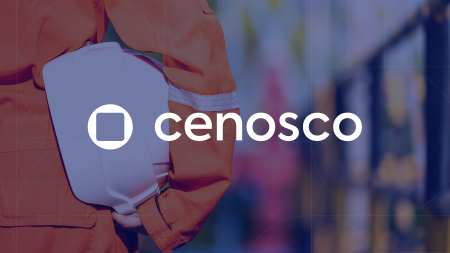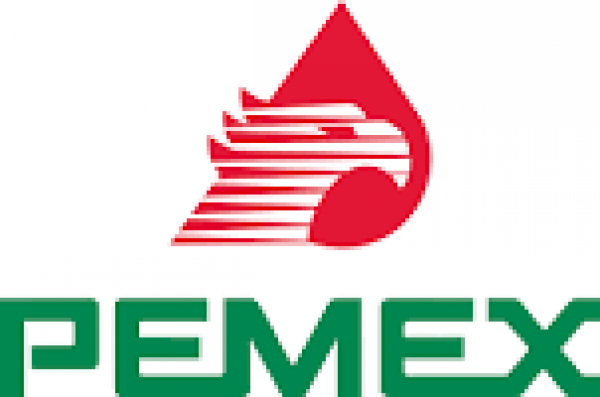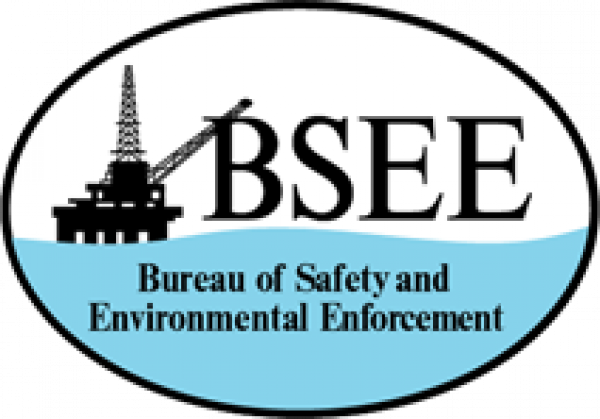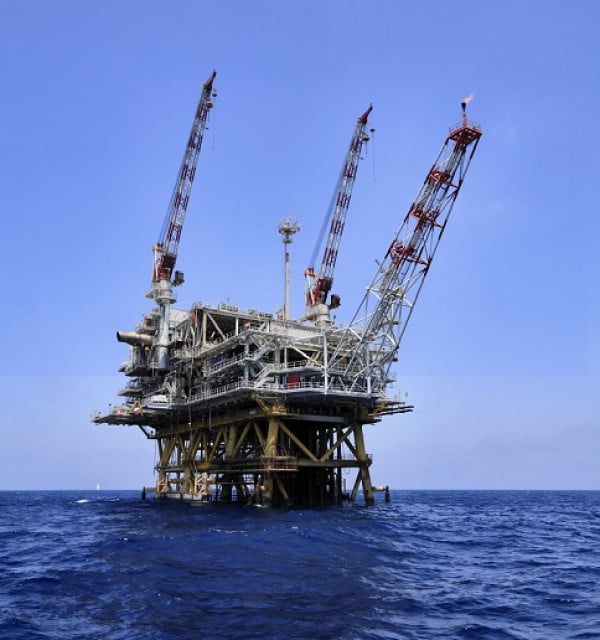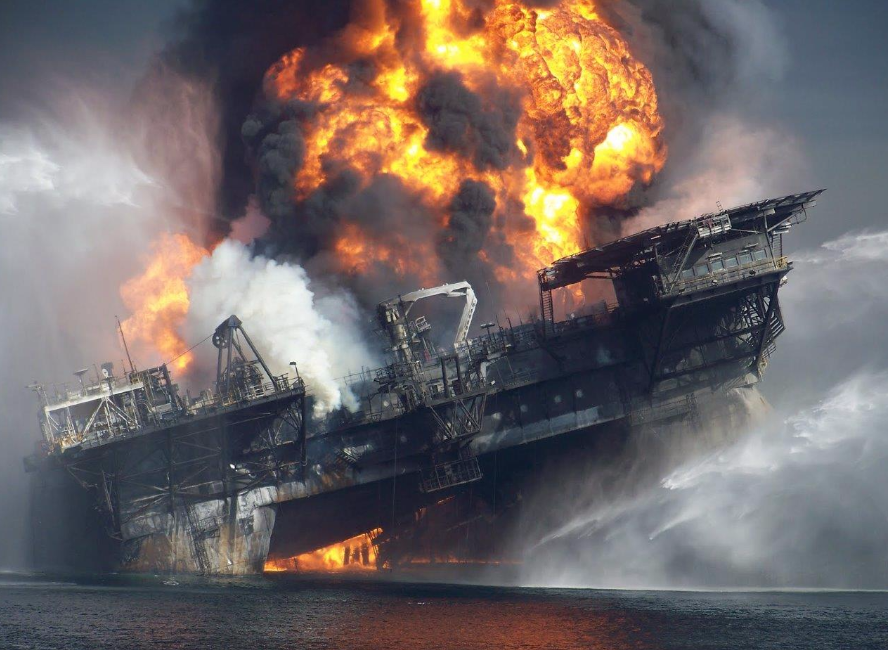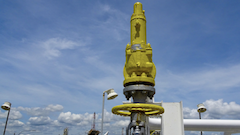The Bureau of Safety and Environmental Enforcement (BSEE) works with offshore industries, academia, scientists, government agencies, and citizens to protect the offshore environment and keep workers safe. The organization promotes safety, protects the environment, and conserves resources offshore through vigorous regulatory oversight and enforcement.
The BSEE is supported by three regional offices located in New Orleans, LA, Camarillo, CA, and Anchorage, AK. The regional offices are responsible for reviewing Applications for Permit to Drill to ensure all of the recently implemented enhanced safety requirements are met and for conducting inspections of drilling rigs and production platforms using multi-person, multi-discipline inspection teams. BSEE’s inspectors issue Incidents of Non-Compliance and have the authority to fine companies through Civil Penalties for regulatory infractions. Regional and field operations personnel also investigate accidents and incidents.
Safety and Environmental Management Systems (SEMS)
Safety and Environmental Management Systems (SEMS) is a U.S. offshore operations management program mandated and enforced by the Bureau of Safety and Environmental Enforcement (BSEE) to enhance the safety of offshore oil and gas operations by reducing the frequency and severity of accidents. The BSEE SEMS program, which is modeled after international programs for quality, safety, and environmental management systems, incorporates the elements of API RP 75 to focus both industry’s and BSEE’s attention, resources, and initiatives on recognizing and managing the impacts of human behavior, organizational structure, leadership, standards, processes and procedures, as well as, an underlying safety culture to promote continuous improvements in safety and environmental performance.
SEMS has four primary objectives:
- Highlight the influences that human error and poor organization have on accidents;
- Improve the offshore industry's safety and environmental record;
- Encourage the use of performance-based operating practices; and
- Collaborate with industry in efforts to improve offshore worker safety and environmental protection.
Related Topics
Relevant Links
Topic Tools
Share this Topic
Contribute to Definition
We welcome updates to this Integripedia definition from the Inspectioneering community. Click the link below to submit any recommended changes for Inspectioneering's team of editors to review.
Contribute to Definition


